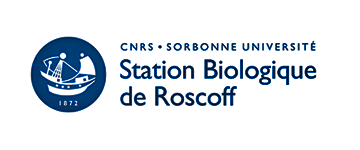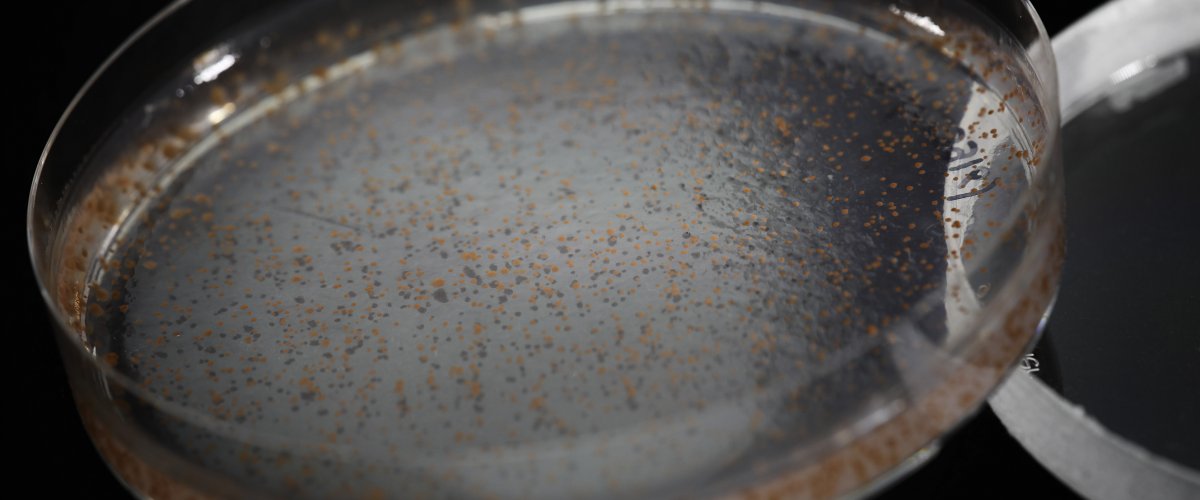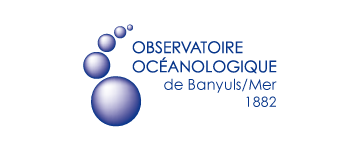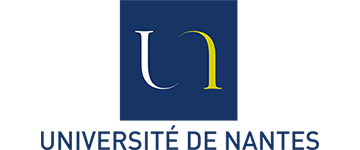Final Public Summary
How do iron availability and temperature affect the diversity and distribution of marine phytoplankton?
Adaptation mechanisms of marine cyanobacteria to iron deficiency and temperature variations
The oceans are strongly affected by global change, which is causing an increase in seawater temperature but also of the surface of areas depleted in iron, an element which already limits the growth of phytoplankton in about 35% of the world ocean. This raises the question of the ability of phytoplankton to adapt to these new conditions. In this context, the recent discovery that CRD1, a lineage of the marine cyanobacterium Synechococcus (Fig. 1), co-dominates with another lineage, EnvB, in iron-poor waters and that three genetically distinct populations (CRD1-A to C) occupy different thermal niches, constitutes a unique opportunity to study the combined effects of iron deficiency and temperature on phytoplankton at all organizational scales, from gene to ecosystem.
The main objectives of the CINNAMON project were to: i) validate the presence of distinct ecotypes with respect to iron and/or temperature by determining the growth optima and boundary limits for these parameters of 3 CRD1 strains, ii) identify the genetic bases of this adaptation by comparative genomics approaches using the many genomes of marine cyanobacteria, representative of various environments, iii) use meta-omics data, from expeditions such as Tara Oceans, in order to validate the observations made in the laboratory but also to identify new genes explaining the ability of these ecotypes to adapt to iron-poor waters and to different temperature ranges. Overall, the results of this project make it possible to better predict the respective adaptability of the different lineages, and therefore their future distribution and dynamics in an evolving ocean.
Study of adaptation to iron deficiency and temperature variations using a multi-scale approach
The CINNAMON project used a systems biology approach to characterize the main acclimation (physiology) and adaptation (evolution) mechanisms involved in the differential response of Synechococcus ecotypes to iron deficiency and temperature variations. On the one hand, we studied the physiological response of 3 strains of CRD1 as well as representative strains of 4 other major lineages of Synechococcus, acclimated to different temperatures or to iron-limited conditions, in order to highlight and better understand the differential response of the different lineages of the Synechococcus genus. In parallel, comparative studies of the available Synechococcus genomes have made it possible to better understand the genetic bases of the response to these environmental factors. Finally, the combination of these genomic analyses with metagenomics and metatranscriptomics data from the Tara Oceans expedition allowed us to identify genes specifically present or absent in iron-depleted areas of the global ocean, and/or differentially regulated in response to iron deficiency.
The CINNAMON project made it possible to validate the existence of distinct thermotypes within the CRD1 clade, i.e. strains presenting different thermal tolerance ranges, and to highlight i) physiological specificities, in particular their low growth rate and photosynthetic activity and their high repair rate of the damage generated at the level of photosystem II, and ii) genomic specificities of the CRD1 and EnvB ecotypes compared to the Synechococcus ecotypes colonizing other ecological niches, which could be involved in cell adaptation to iron deficiency and/or temperature variations.
CINNAMON's results have given rise to 17 scientific articles in A-ranked journals (4 others in progress) and 23 communications in international congresses. CINNAMON also made it possible to generate i) an information system accessible to the entire scientific community, Cyanorak v2 (www.sb-roscoff.fr/cyanorak/), which gathers a large number of marine picocyanobacteria genomes, ii) a multi-marker reference database to analyze the genetic diversity of these organisms and iii) several communication tools on plankton intended for the general public.
The CINNAMON project is a fundamental research project coordinated by Laurence Garczarek. It also associates the LOMIC laboratory (UMR7621) of Banyuls-sur-mer, as well as the LS2N laboratories (UMR6004 and UMR6074) of the University of Nantes and the ABIMS platform (FR2424) of the Roscoff biological station. The project started in January 2018 and lasted 57 months. It benefited from ANR aid of €450,000 for an overall cost of around €1,627 million.









